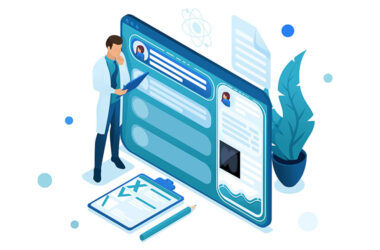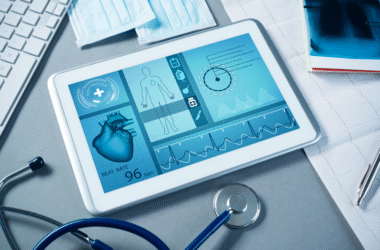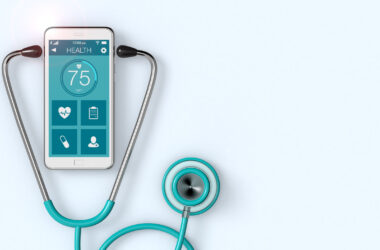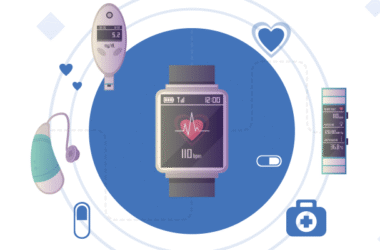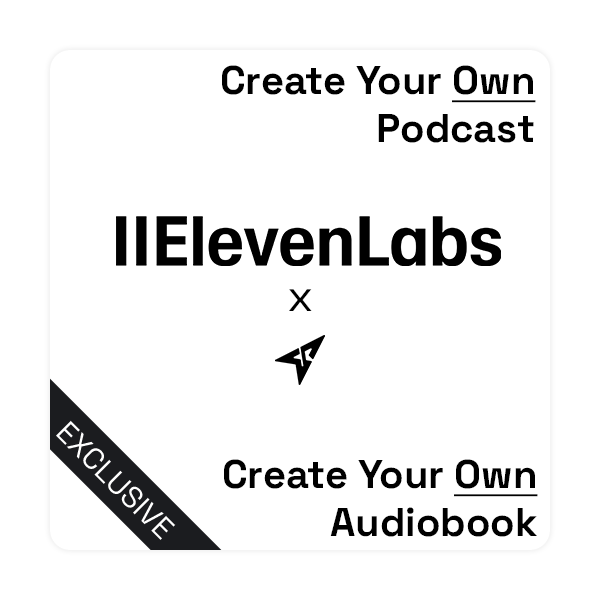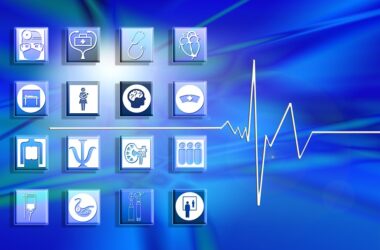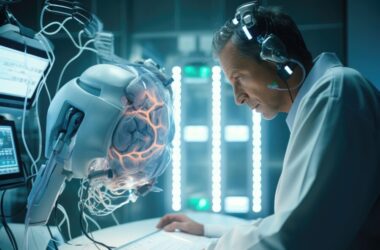AI is increasing rapidly in the medical industry. Medical imaging is one of the major fields in which it is assisting. These are X-rays, CT scans, and MRIs, among others. These images have become accessible to AI systems to detect patterns AI systems can now find patterns that are inaccessible by human beings. This may aid the doctors to be more effective and quicker in their decisions. However, AI applied to medical imaging is not a piece of cake. It is accompanied by some large issues and some good opportunities to make care better. So, we should examine both ends of this case.
What AI Can Do in Medical Imaging
Artificial intelligence can analyze thousands of pictures in a few moments. They are able to detect minute tissue or bone alterations that a doctor may not get to view. Indeed, an AI system trained to detect breast cancer in mammograms defeated six of ten doctors in a 2020 experiment published in Nature. It had also committed fewer false alarms.
AI also works well in prioritizing the patients who should be taken care of first. As an example, AI is utilized to examine CT scans in some hospitals and inform physicians if it detects a possibility of stroke. This is a time-saving. According to one of the reports presented by the Radiological Society of North America, AI in stroke cases allowed shortening door-to-treatment by 22 percent.
Challenge 1: AI Does Not Get Everything Right
Although AI is intelligent, it nevertheless commits mistakes. When it is trained using erroneous information, it gives erroneous results. This is dangerous when it comes to the health of a person. AI may believe that an innocuous shadow on an X-ray contains a tumor. Or it can overlook a true problem since that kind of a case is unheard of in the system.
A tool that makes such sorts of mistakes can never be fully trusted by the doctors. And they shouldn’t. A 2022 review in JAMA found that in 1 out of 4 studies, the AI tool gave results that were not better than usual care. Some even did worse.
Challenge 2: Poor Quality Data
AI needs good data to work well. However, many hospitals don’t have well-labeled or organized image data. Some systems use old machines or store images in different formats. This confuses the AI.
Also, most image datasets are not diverse. They may not have enough images from people of all ages, races, or health histories. This leads to unfair results. For example, one AI model was more likely to make mistakes when analyzing skin cancer in darker skin tones, as shown in a 2021 study published in The Lancet Digital Health.
Challenge 3: Doctors Still Need to Be Involved
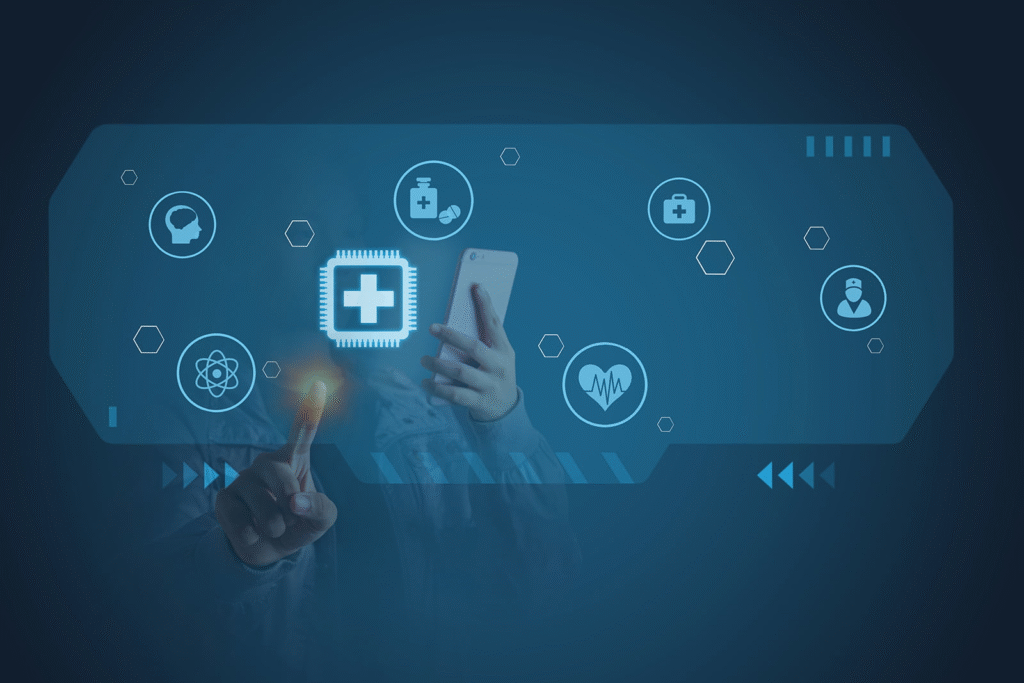
AI does not work on its own. A machine can help, but it should not make the final call. Doctors must still check the results, talk to the patient, and decide on the next steps. This balance between AI and human work is hard to manage.
Many doctors worry that AI might replace their role. Others are afraid of being blamed if the AI gives wrong advice. So, training doctors to work with AI is key. But as of 2023, only 14 percent of radiology programs in the US offer proper AI training, based on numbers from the American College of Radiology.
Challenge 4: Rules and Ethics Are Not Clear
There are not enough rules yet on how AI should be used in health. Who takes the blame if the AI makes a wrong guess? How much can a doctor rely on it? What if the patient does not know that a machine is helping with the diagnosis?
These are hard questions. Until there are clear answers, many hospitals are careful or slow to bring in new AI tools. They fear legal problems or losing the trust of patients.
Opportunity 1: Better Use of Doctor Time
AI can take care of tasks that are boring or repetitive. This gives doctors more time to focus on the patient. For instance, AI can review a batch of 200 X-rays overnight and flag the 10 that may show signs of disease. The doctor can then look only at those 10.
This helps reduce work stress and makes the process smoother. In busy hospitals, this kind of help is important. A 2023 report from Stanford Medicine showed that 62 percent of radiologists believe AI can help reduce burnout.
Opportunity 2: Faster Results for Patients
No one likes to wait for test results. With AI, patients can get answers faster. This matters a lot in emergencies. In one study done by the Mayo Clinic, using AI to analyze stroke scans helped cut down waiting time for diagnosis by over 30 minutes on average.
Faster diagnosis often means faster treatment. That can save lives in many serious cases like heart attacks, strokes, or lung damage.
Opportunity 3: Better Access in Remote Areas
In many parts of the world, there are not enough trained radiologists. AI can help bring expert-level reading to small towns or rural clinics. A doctor can upload the image, and the AI gives its opinion. The doctor can then make a better call even without a specialist nearby.
This doesn’t replace experts but fills a gap where no experts are available. It makes healthcare a bit more equal.
Opportunity 4: Teaching and Learning
AI can also help teach new doctors. When trainees look at medical images, they can use AI tools to check if their answers match what the system found. This helps them learn faster and gain more skill.
Medical schools can also use AI to build training cases. They can create fake patient records that feel real. This way, students can practice more without putting real people at risk.
So, What’s Next?
AI in medical imaging is not magic. It’s just a tool. But it’s a strong one if used the right way. To make it work well, hospitals need to train doctors, improve data quality, and set fair rules. They also need to make sure patients know when and how AI is used.
The road will not be fast. But there is progress. And as the systems get better, the help they provide will grow too. Still, humans must stay in charge.
Final Thought
AI can’t do the job alone. But with the right steps, it can help improve medical imaging in many ways. It can cut wait times, ease the workload, and offer support where there are few doctors. Yet its success depends on the people who use it, the systems built around it, and the trust between patients and care providers.
Top of Form
Bottom of Form
